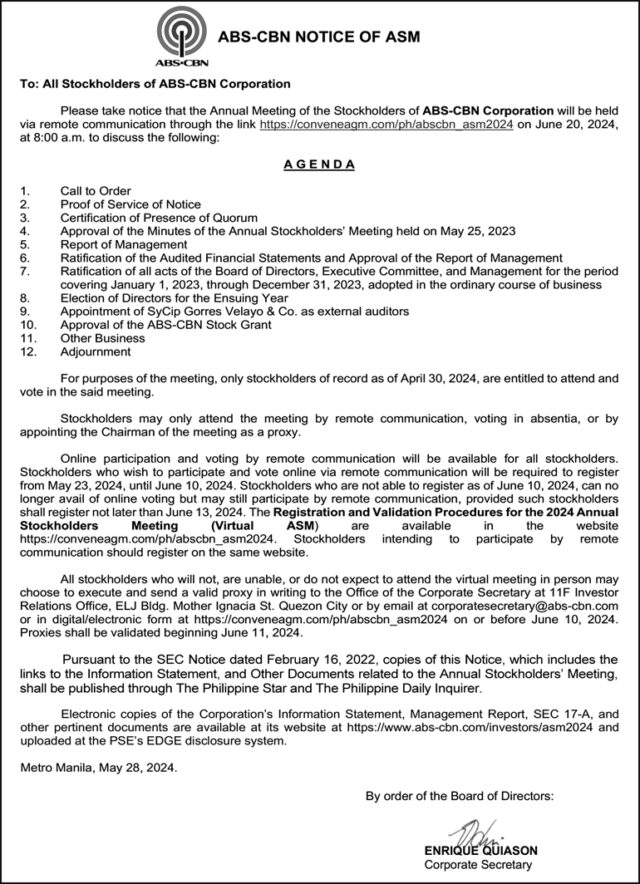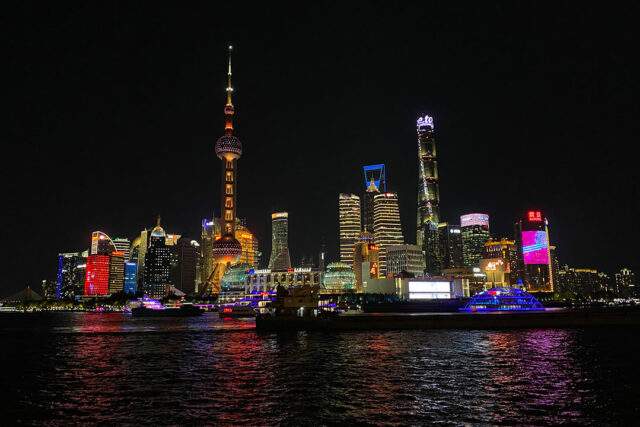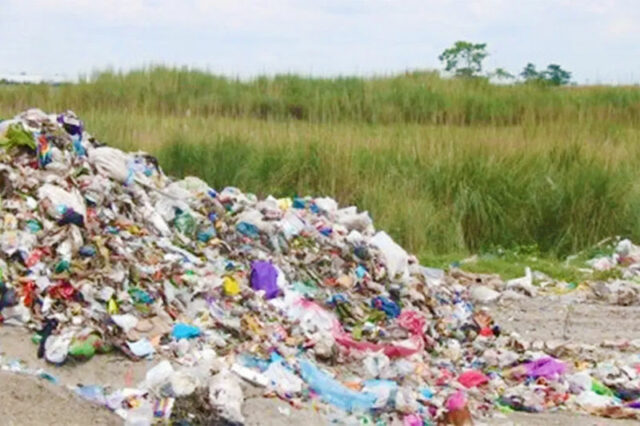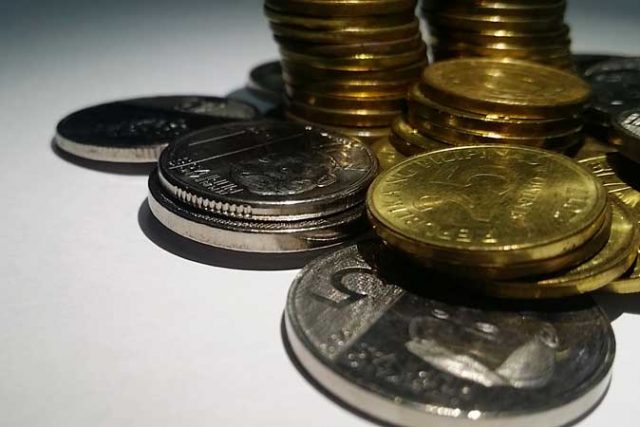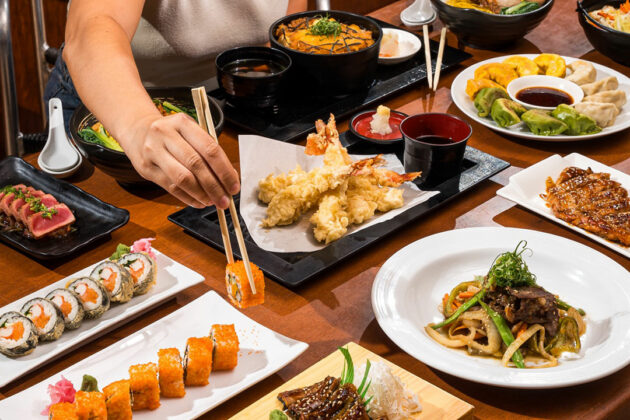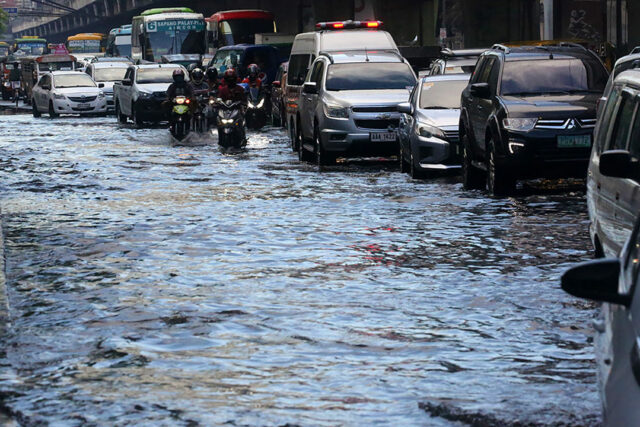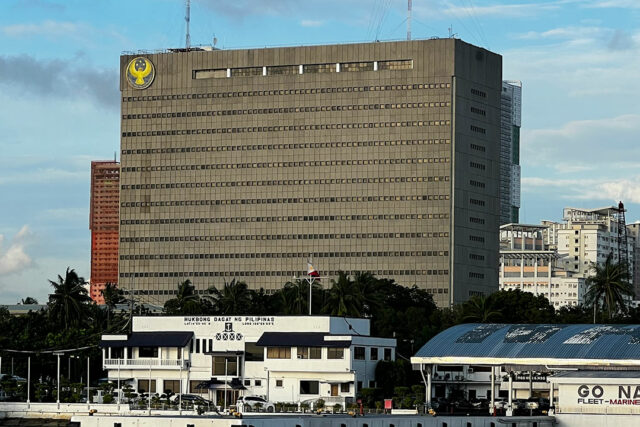When the European Union (EU) finally implements legislation that bans the sale of new fossil fuel-powered cars beginning 2035, many jobs in manufacturing parts and components as well as assembling gas- and diesel-fed vehicles will be lost. As for the United States, the US government will stop buying fossil fuel-powered vehicles also by 2035.
The US has also stated its intention to boost the number of electric vehicles (EVs) on its roads through policy and regulatory changes affecting consumers. The federal government aims to increase the EV share to 50% of all new vehicle sales in the US by 2030. This target includes battery electric, plug-in hybrid, and fuel cell electric vehicles.
Locally, the Electric Vehicle Industry Development Act of 2022 aims to accelerate the Philippine shift in the next 16 years. But the target is modest: 10% of all new vehicle sales by 2040. But the government also wants to convert a big part of the public transport fleet to electric by 2030. The objectives, of course, are mainly environmental protection and energy security.
However, as with any change, there are winners and losers. In terms of jobs, traditional work in the automotive industry may be lost. But new types of jobs directly and indirectly related to EV production and sales will be created. The same goes for the oil and gas industry, as global dependence on fossil fuel changes. Ditto for the environmental regulation industry, given the EV initiative’s implications on emissions.
With the EV shift, changes in the transportation and mobility industries are inevitable. This early the government and the private sector should already be planning and executing initiatives that can mitigate the repercussions of these changes. And while 10% is a modest target for EV share in total car sales, and 2040 is 16 years away, planning should already be underway.
Jobs will move, and not necessarily to the Philippines. Full-scale motor vehicle manufacturing never really took off here, despite all the various development programs initiated by the government since the 1970s. After 50 years of working on it, we have managed to achieve full assembly locally by using imported completely knocked down (CKD) vehicle kits made abroad.
A lot of our economic zones have also attracted local and foreign manufacturers of parts and components that are used in assembling operations here and abroad. But most of these manufacturers are catering to the fossil fuel-powered vehicle industry, rather than EV makers. And while there may be a lot of parts common to both industries, there are still many that are specific.
And this is where we should focus now: taking inventory of the jobs and suppliers that will be lost, and the jobs and suppliers to be gained from the shift to EV. To date, I have not seen numbers indicating net loss or net gain. And while the government moves to attract EV makers locally, including their suppliers, there are many external factors that can impact this initiative.
The Philippine market, I believe, is big enough at over 100 million people. But, relative to population size, vehicle sales are still low at over 400,000 units in 2023. Thailand has a smaller population of about 80 million people, but saw vehicle sales of over 650,000 units last year. Indonesia sold over one million vehicles in 2023, but that is with a population of 280 million.
Relative to manufacturing and assembly, the Philippines produced over 100,000 units locally last year, but sold about four times that. Imported units made up the difference. In comparison, Thailand produced over 1.8 million vehicles in 2023, while Indonesia produced over one million. In short, Thailand and Indonesia both produce more than what they sell locally.
Thailand and Indonesia are net exporters of vehicles, while the Philippines is a net importer. This is significant in relation to the intended shift to EV. Available data indicate that Thailand also produced 80,000 EVs in 2023, while Indonesia made 36,000 units. The Philippines? Zero, to date. China made 7.3 million units, the EU made 2.4 million units, while the US added another 2.4 million units.
The Philippines, at this point, is dust in the wind compared to these five giant EV producers. And with this, what is the likelihood of the Philippines attracting more investments locally into businesses that supply the EV industry? My fear is that with the EV age, the Philippines will lose more vehicle manufacturing-related jobs than it will gain.
With the EV shift, the demand for internal combustion engines will drop, and may become more specific to certain types of vehicles such as trucks, heavy equipment, and farm vehicles. Maybe heavy logistics. Demand from passenger cars will certainly drop. Perhaps even from makers of sports utility vehicles and pickup trucks.
Producing an electric engine for an EV may be considered easier than making a gas-fed or diesel-fed engine. For one, electric motors usually have fewer moving parts. Their manufacturing is relatively simpler, with no casting and machining and assembling of engine blocks and heads. And electric motors are more efficient in producing mechanical energy, doing away with fuel and cooling systems. More significantly, electric motors require less maintenance, may be more long lasting, and need no oil and fluid top ups or changes.
I cannot ascertain whether electric motors are cheaper to produce, but they can be simpler to make. As such, producing electric engines may not require the same number of jobs and resources as the production of gas or diesel engines. So, even assuming all other mechanical and electrical parts remain the same for EVs and regular cars except for the engine, it will still require fewer jobs to make an EV than a regular car.
We are currently equipped, tooled, and trained to assemble fossil fuel-powered vehicles, and to produce parts and components for this specific industry rather than the EV industry. And while an inventory of parts and components may indicate commonality, EVs also tend to be more reliant on high-technology, and require more components related to such.
Of course, such EV components — mainly electronics in nature — are produced by industries that are already giving up manual jobs in favor of robotics and artificial intelligence-assisted manufacturing. And many of these components tend to be replaceable and disposable. Thus, replacement work may be in, but repair and servicing work may be out.
When producers of gas- and diesel-fed engines close factories in favor of those making electric motors, the jobs lost will not necessarily shift. And the fewer jobs that remain will require a different set of skills. The same goes for other jobs in vehicle manufacturing and assembly. Many that will be lost will not be replaced. They may simply be lost for good.
Marvin Tort is a former managing editor of BusinessWorld, and a former chairman of the Philippine Press Council
matort@yahoo.com

